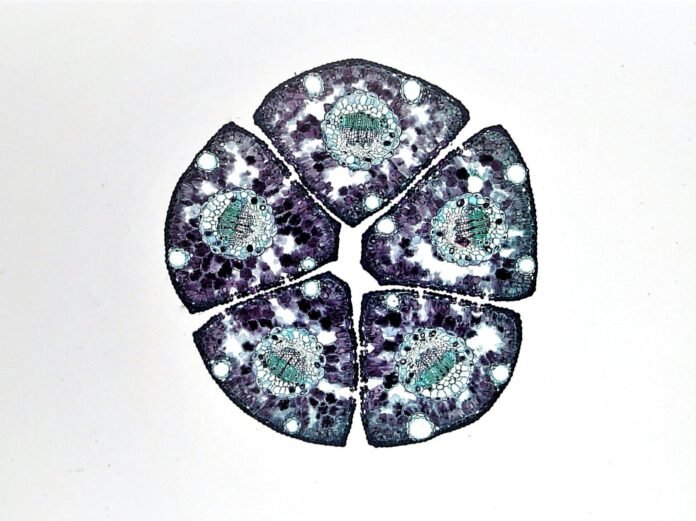by Dr Simona Pop
Research has shown that stem cells have the remarkable potential to develop into many different cell types in the body during early life and growth. They also serve as a sort of internal repair system, dividing essentially without limit to replenish other cells as long as the person is still alive. Stem cells are distinguished from other types of cells as they are self-renewing and can differentiate into diverse cell types.
Classification of stem cells. Stem cells can be classified according to their plasticity in:
- Totipotent that give rise to all embryonic and extraembryonic cell lines; pluripotent that can produce all embryonic cell types;
- Multipotent that differentiate to a great number of cell types;
- Oligopotent that have the ability to differentiate into only a few cell lineages; and
- Unipotent that give rise to only one specific cell type.
There are two main types of stem cells:
Embryonic stem cells and Adult stem cells
Stem cells are different from other cells in the body in three ways:
• They can divide and renew themselves over a long time
• They are unspecialized, so they cannot do specific functions in the body
• They have the potential to become specialized cells, such as muscle cells, blood cells, and brain cells
Future Developments in Stem Cell Research:
Despite the challenges and controversies surrounding stem cell research, the field continues to advance at a rapid pace. Researchers are exploring new techniques to enhance the safety and efficacy of stem cell therapy, such as gene editing and tissue engineering. The development of iPSCs has also paved the way for personalized medicine, where stem cells can be used to treat patients based on their individual genetic makeup.
In recent years, advancements in stem cell technology have led to the development of novel therapies, such as CAR-T cell therapy for cancer and gene editing using CRISPR-Cas9. These cutting-edge treatments hold great promise for revolutionizing medicine and improving patient outcomes. However, there are still challenges to be overcome, such as the high cost of stem cell therapies and the need for more clinical trials to demonstrate their safety and efficacy.
To realize the promise of novel cell-based therapies for such pervasive and debilitating diseases, scientists must be able to easily and reproducibly manipulate stem cells so that they possess the necessary characteristics for successful differentiation, transplantation, and engraftment.
The following is a list of steps in successful cell-based treatments that scientists must learn to precisely control to bring such therapies to the clinic. To be useful for transplant purposes, stem cells must be reproducibly made to:
- Proliferate extensively and generate sufficient quantities of tissue. Differentiate into the desired cell type(s).
- Survive in the recipient after transplant.
- Integrate into the surrounding tissue after transplant.
- Function appropriately for the duration of the recipient’s life.
- Avoid harming the recipient in any way.
Also, to avoid the problem of immune rejection, scientists are experimenting with different research strategies to generate tissues that will not be rejected.
To summarize, the promise of stem cell therapies is exciting, but significant technical hurdles remain that will only be overcome through years of intensive research.
In conclusion, stem cells have the potential to revolutionize the field of regenerative medicine and offer new treatments for a wide range of diseases. Despite ethical concerns and controversies surrounding the use of embryonic stem cells, advancements in stem cell technology continue to drive progress in regenerative medicine.
The future of stem cell research holds great promise for improving patient outcomes and advancing personalized medicine. While there are ethical and safety concerns associated with stem cell research, the benefits of this technology cannot be overlooked. With continued research and advancements, stem cells have the power to transform healthcare and improve the lives of countless people around the world.


